Kandy is where tea was first planted in Sri Lanka. The plantations are located between 2,000 – 4,000 feet above sea level, covering Pussellawa and Matale sub-districts. It is accessible only by steep mountain passes. The teas of the Kandy region are particularly flavoursome, although the higher grown they are then the less strong they are. The best teas from Kandy are produced during the height of the Sri Lankan summer from January – March. We usually buy from estates in the Pussellawa.
Kandy was the first place I visited when I first went to Sri Lanka. Whilst there I visited the Ceylon Tea Museum and the Mlesna Tea Fortress as well as visiting tea estates and factories that we use for both the single estate tea and the blending teas that we buy from this area.
Historically the Kingdom of Kandy was founded in the late 15th century and remained until circa 1818 when it finally succumbed to British colonial rule. The Kingdom of Kandy was absorbed into the British Empire from 1815 and in spite of several revolutions and uprisings over the following few years, by 1825 the British had totally and somewhat harshly enforced the British Empires authority over the former Kingdom.
James Taylor, the founder of Ceylon Tea lived in Kandy for 40 of his 57 years (indeed he is buried in the Kandian hills) and also started a plantation and factory there, on an Estate called Loolecondera. When he first started farming his first yield was just 23lb and by 1890 2 years before his death had reached an output of 22,900 tonnes!
Today Kandy is part of the Central Province of Sri Lanka. We think that the mid-grown teas from Pussellawa (which grow between 650-1300 metres and are therefore classed as mid-grown) produce the better quality teas. This is mainly due to the local weather, as Kandy is fairly sheltered with many of the estates being in valleys where the wind which can whistle up the mountain passes, is less fierce.
Many people describe Ceylon Kandy Tea as bright, light, coppery and possessing strength and body.

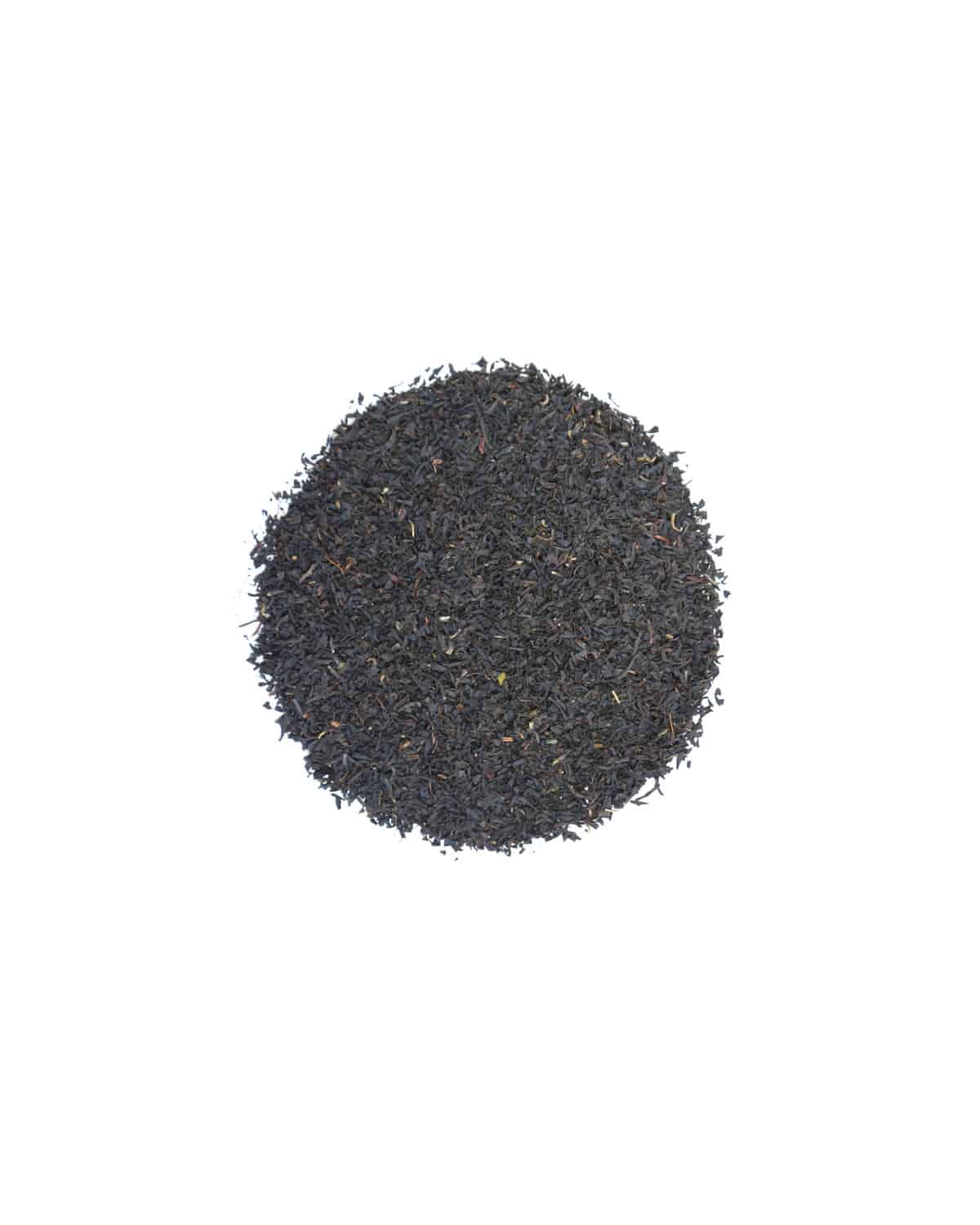
 Click & Collect Available From Our Store
Click & Collect Available From Our Store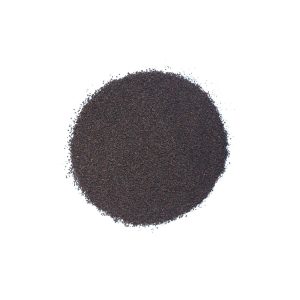
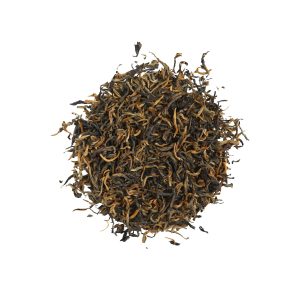
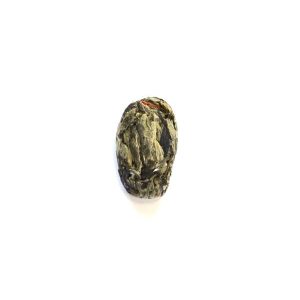
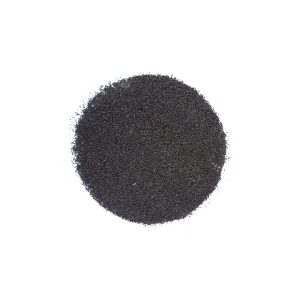
Reviews
There are no reviews yet.